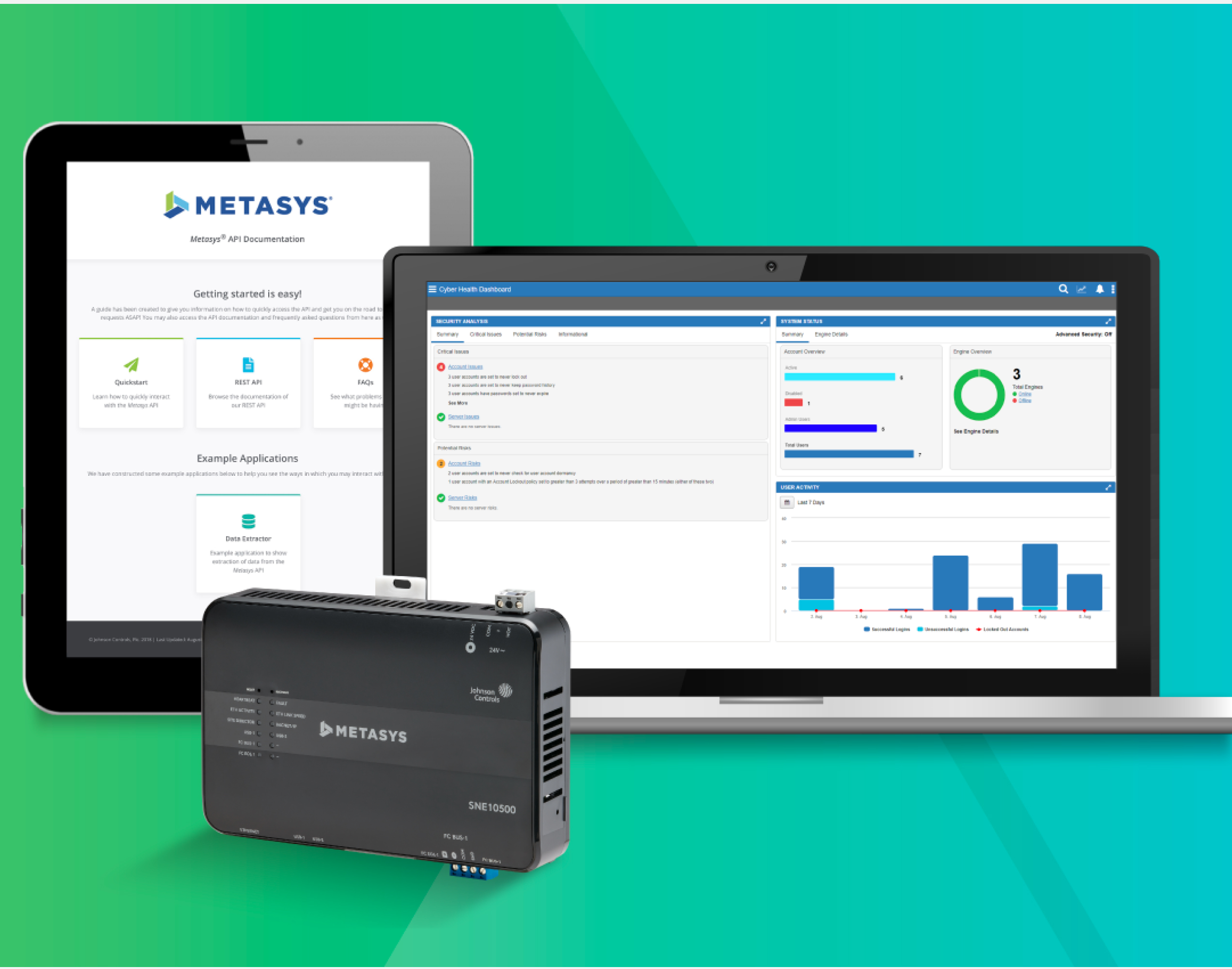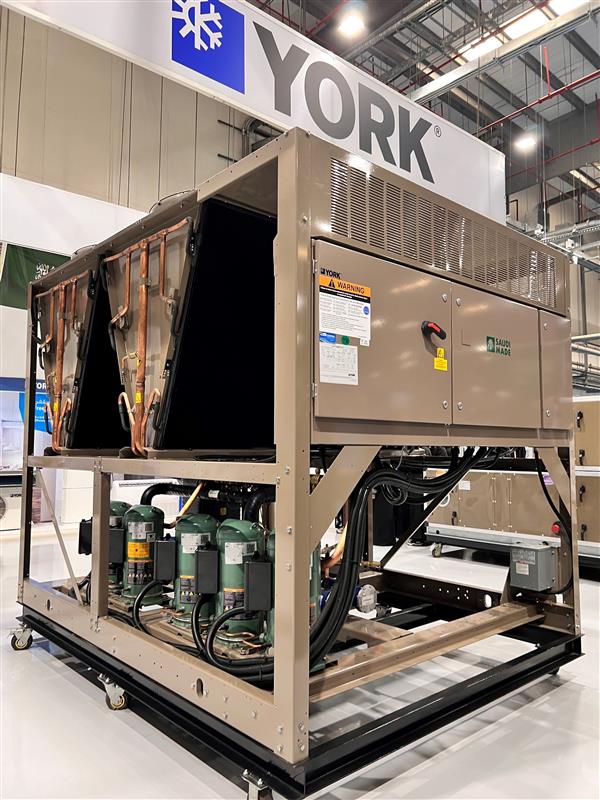As the demand for high-quality healthcare continues to grow, sustainability is no longer optional; it's a strategic imperative for modern hospitals and clinics. These facilities operate around the clock, consuming vast amounts of energy and generating considerable waste. Yet, they exist for a higher purpose: saving lives. Embedding sustainability into healthcare isn't just about cutting emissions; it's about enhancing patient outcomes, reducing operational costs, and building resilient, future-ready systems that can withstand evolving challenges.
Aligning Sustainability with Patient-Centered Care
Hospitals are built to care for people. When they also care for the environment, the result is better health for everyone. Here's how sustainability supports patient-centered care:
Creating a Healthier Environment for Healing
Research shows that sustainable design directly contributes to faster patient recovery. Features like natural daylight, toxin-free materials, thermal comfort, and sound insulation reduce stress and support healing. Improved air quality, achieved through energy-efficient HVAC systems and high-performance filtration, lowers infection risk and enhances overall comfort.
Protecting Patients and Staff
Sustainable hospitals also create healthier workplaces for staff. Low-emission materials, proper ventilation, and reduced exposure to cleaning chemicals lower occupational hazards. Over time, this leads to reduced absenteeism and better retention rates in an industry plagued by burnout.
Reducing Long-Term Cost of Care
Minimizing energy and water consumption helps hospitals lower operational costs. Savings can be redirected toward enhancing the healthcare service patients receive.
Smart Building Solutions for Energy-Efficient Healthcare
Healthcare buildings use a lot of energy. From operating rooms to labs, the systems never stop. Smart building technology helps in managing this load more efficiently without disrupting care.
Building Management Systems (BMS)
A centralized BMS gives facility managers control over lighting, HVAC, elevators, security, and water systems. In hospitals, where even small inefficiencies can add up quickly, real-time monitoring and automation can lead to 20–40% energy savings without affecting comfort or safety.
Demand-Controlled HVAC Systems
Smart HVAC systems adjust airflow and temperature based on occupancy, time of day, or equipment heat load. For example, operating rooms require precise temperature and humidity control, while patient wards may only need dynamic adjustment based on room usage. Demand-based controls optimize performance and reduce wasted energy.
Lighting Automation and Daylight Integration
Motion sensors, daylight-responsive dimming, and programmable scheduling reduce electricity use while maintaining visual comfort for staff and patients.
Predictive Maintenance with IoT
IoT sensors embedded in chillers, air handling units, and other systems collect performance data in real time. When algorithms detect anomalies, such as an unusual temperature spike or vibration, technicians can act before breakdowns occur. This reduces unplanned downtime and extends equipment life.
Driving Operational Excellence Through Green Innovation
Making healthcare more sustainable doesn't stop with buildings. Day-to-day operations, such as purchasing, waste handling, and transport, also offer big opportunities for improvement.
Sustainable Procurement
Procurement teams are now including environmental criteria in purchasing decisions. This includes sourcing products with minimal packaging, biodegradable materials, and products with environmental certifications. Hospitals can reduce their Scope 3 emissions significantly by reevaluating suppliers and prioritizing lifecycle impact.
Waste Management and Recycling
From hazardous medical waste to food scraps and administrative paper, hospitals generate diverse waste streams. Separating recyclables, compostables, and biohazardous waste increases landfill diversion rates. Some facilities are also partnering with medical waste recyclers to repurpose single-use plastics and instruments safely.
Water Conservation Systems
Hospitals use water for sanitation, sterilization, and patient care. Water-saving fixtures, greywater recycling, and sensor-controlled faucets can cut water use by over 30%. In arid regions, these savings are vital for long-term resilience.
Empowering Smarter, Sustainable Healthcare with Johnson Controls Arabia
At Johnson Controls Arabia, we're committed to helping healthcare providers deliver better care while improving operational efficiency and sustainability.
Through OpenBlue Patient Room Optimization, we enable smarter, more responsive environments tailored to each patient's needs. Temperature, lighting, and airflow are automatically adjusted based on occupancy and clinical requirements, helping reduce energy use and supporting a more comfortable, healing space.
We also support emergency response through OpenBlue Code Blue Optimization. This solution streamlines "Code Blue" workflows by sending instant alerts to the right teams, automating room readiness, and reducing response times when every second counts.
These tools integrate seamlessly with our broader building management platforms, including Metasys and OpenBlue, providing hospitals with full control over comfort, safety, and performance—all in real time.
From patient rooms to critical care zones, Johnson Controls Arabia helps you create hospitals that are more intelligent, efficient, and focused on what matters most: saving lives.
Contact us today to learn more about how we empower the healthcare industry with smart building solutions.
































